Expansion of Pharmaceutical Manufacturing
The expansion of pharmaceutical manufacturing capabilities is a significant factor influencing the Montelukast Intermediate Market. As pharmaceutical companies invest in advanced production facilities, the capacity to produce Montelukast and its intermediates is expected to increase. Recent reports indicate that the pharmaceutical manufacturing sector is projected to grow at a compound annual growth rate of around 5% over the next few years. This growth is likely to enhance the availability of Montelukast intermediates, thereby supporting the overall market. Additionally, the establishment of new manufacturing plants in emerging economies may provide cost advantages, further stimulating the Montelukast Intermediate Market. The interplay between increased production capacity and rising demand for respiratory medications could create a favorable environment for market participants.
Rising Awareness of Preventive Healthcare
The growing emphasis on preventive healthcare is likely to impact the Montelukast Intermediate Market positively. As healthcare systems worldwide shift towards preventive measures, there is an increasing focus on managing chronic conditions such as asthma. This trend is reflected in the rising adoption of medications like Montelukast, which are used to prevent asthma attacks. Data suggests that preventive healthcare spending is expected to rise significantly, with a projected increase of 7% annually. This shift may lead to heightened demand for Montelukast and its intermediates, as healthcare providers prioritize effective management strategies for patients. Consequently, the Montelukast Intermediate Market could benefit from this evolving healthcare landscape, as more individuals seek proactive treatment options.
Increasing Prevalence of Allergic Conditions
The rising incidence of allergic conditions, such as asthma and allergic rhinitis, appears to be a primary driver for the Montelukast Intermediate Market. According to recent data, asthma affects approximately 300 million individuals worldwide, with a notable increase in cases reported in urban areas. This growing patient population necessitates effective treatment options, thereby propelling the demand for Montelukast, a leukotriene receptor antagonist. As healthcare providers seek to address these conditions, the Montelukast Intermediate Market is likely to experience substantial growth, driven by the need for intermediates in the production of this essential medication. Furthermore, the increasing awareness of allergic disorders among the general public may further enhance the market's expansion.
Regulatory Support for Respiratory Medications
Regulatory support for respiratory medications is a crucial driver for the Montelukast Intermediate Market. Regulatory agencies are increasingly recognizing the importance of effective treatments for respiratory conditions, leading to streamlined approval processes for new drugs and intermediates. Recent initiatives aimed at expediting the review of asthma medications suggest a favorable regulatory environment for Montelukast. This support may encourage pharmaceutical companies to invest in the development of Montelukast intermediates, thereby enhancing market growth. Furthermore, the establishment of clear guidelines for the production and quality control of these intermediates could foster innovation within the Montelukast Intermediate Market, ultimately benefiting patients through improved access to effective treatments.
Technological Innovations in Synthesis Processes
Technological innovations in synthesis processes are poised to transform the Montelukast Intermediate Market. Advances in chemical engineering and synthetic methodologies are enabling more efficient and cost-effective production of Montelukast intermediates. Recent developments in green chemistry and continuous flow synthesis techniques may reduce waste and enhance yield, making the production process more sustainable. As pharmaceutical companies adopt these innovative approaches, the overall cost of manufacturing Montelukast intermediates could decrease, potentially leading to lower prices for end consumers. This trend may stimulate demand within the Montelukast Intermediate Market, as manufacturers seek to optimize their production capabilities while adhering to environmental standards.
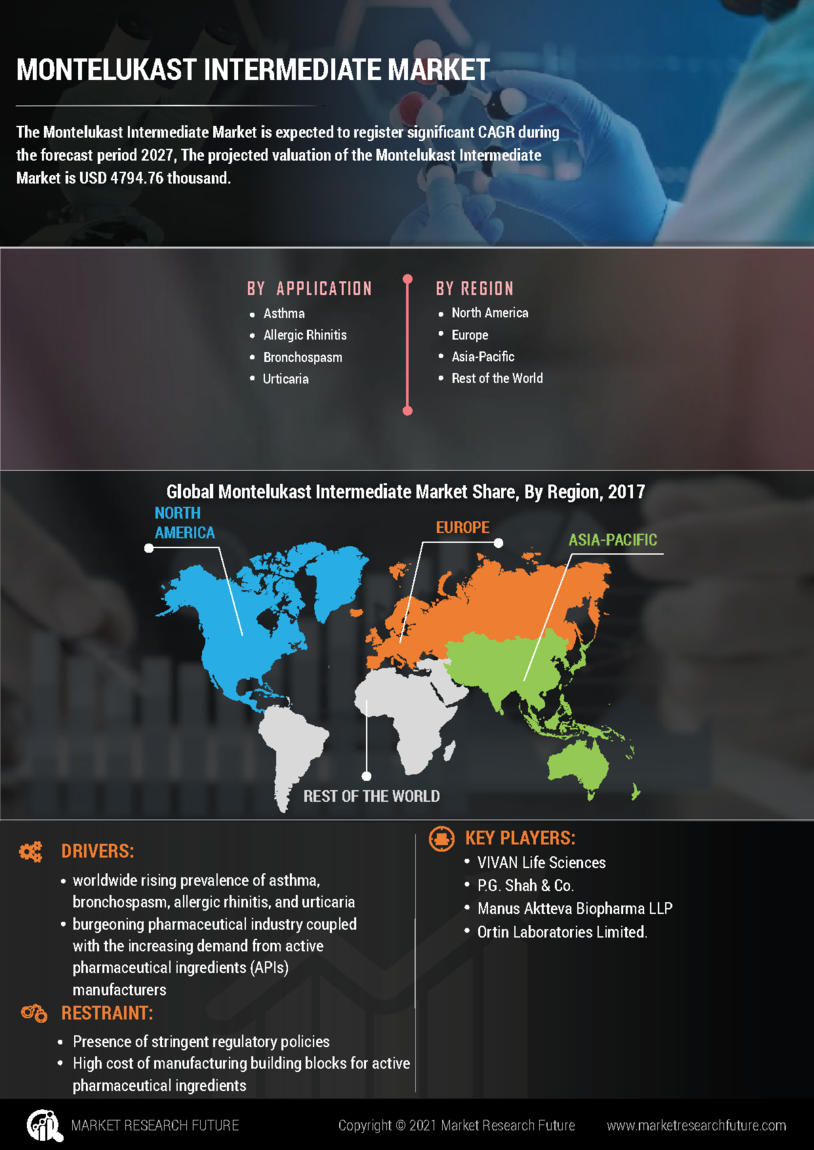

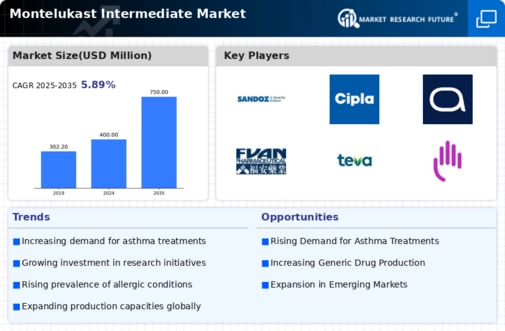
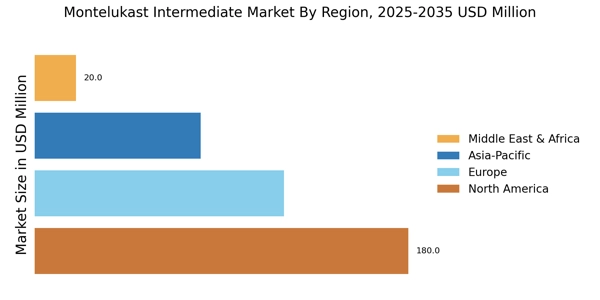
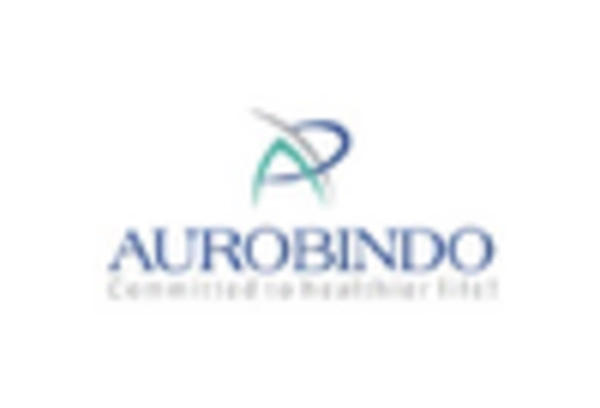
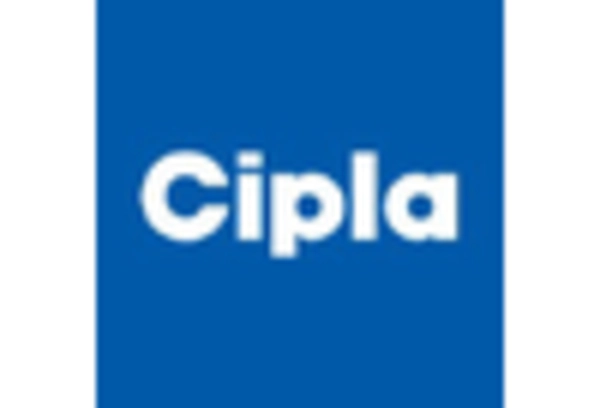
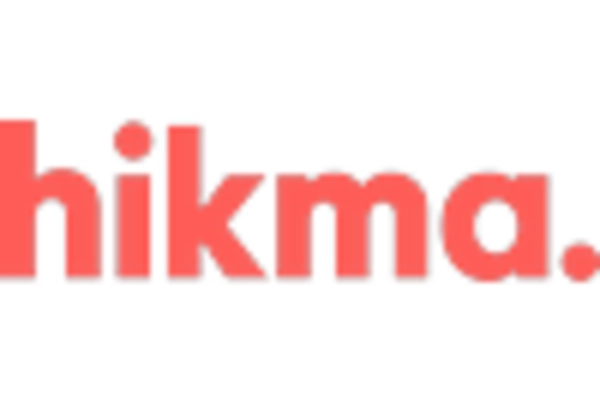

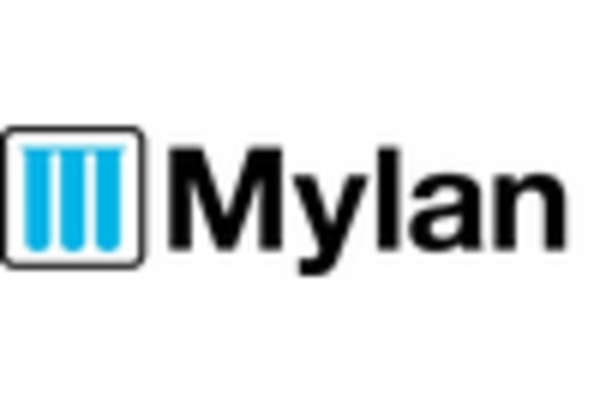
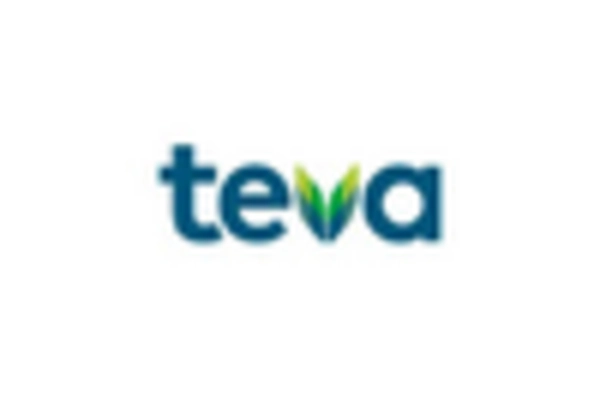








Leave a Comment